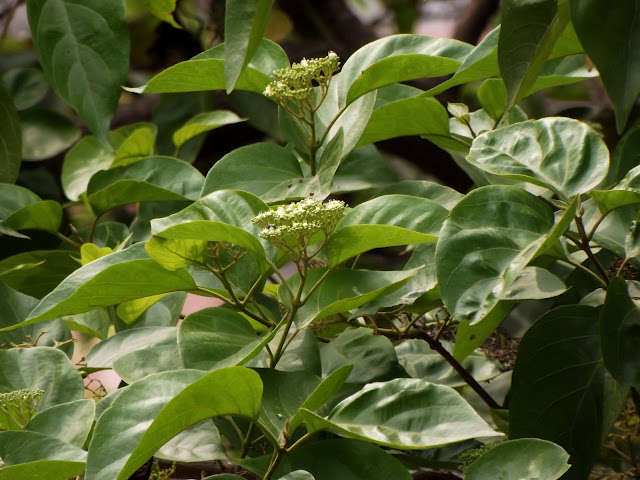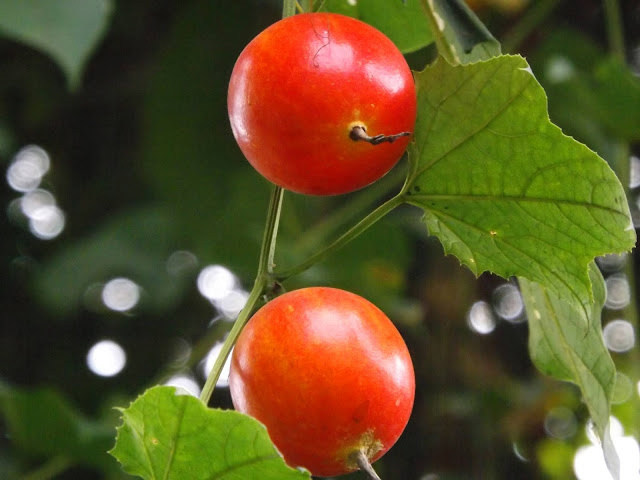Dunil or Koya-jarul, Premna bengalensis
Dunil or Koya-jarul (Premna bengalensis, famliy: Lamiaceae) is a medium-sized evergreen tree often with fluted trunk and somewhat quadrangular branches and shoots. Its stem, reddish young shoots, leaves and inflorescence are stellately tomentosed. Bark is ashy-grey and it removes papery flakes from its body. The geographical extent of the plant is not so large. It is found in hilly and plain lands of Bangladesh as well as India, Nepal, Vietnam and Myanmar.
Other local names: Pakirhara, Pakhir-har, Aholauja, Phongta.
Leaves are simple, thin, shiny and light green, coriaceous, elliptic to ovate-oblong, 8-24 cm long and 4-10 cm wide, petioled, usually entire, sometimes irregularly dented, tip acuminated, opposite.
Flowering occurs in May-September. Tiny flowers are borne in large terminal inflorescence. These are bisexual, greenish white, white or yellowish with 2-lipped corolla, calyx tubular, 4-5-lobed.
Fruit is a drupe, round, 4-5 mm in diameter, it turns black when ripe. The plant is propagated by seeds and stem cuttings. Its seed dispersal is accomplished by wind, birds and animals.
Wood is yellow, hard and durable. It is used to make furniture, tool handles, house posts, bridges and carving works. The soft and sweet bark is edible. Its leaves are used in fish curries, specially to cover bad smell. Under suitable conditions, the tree can grow up to 28 meters. The other synonym of the tree is Gumira bengalensis.







Comments
Post a Comment